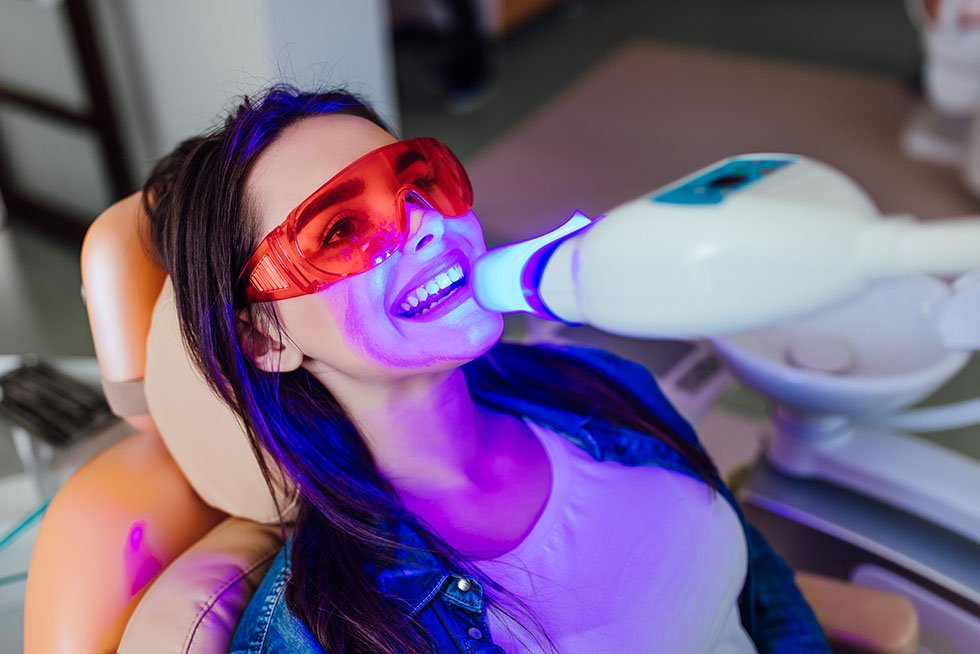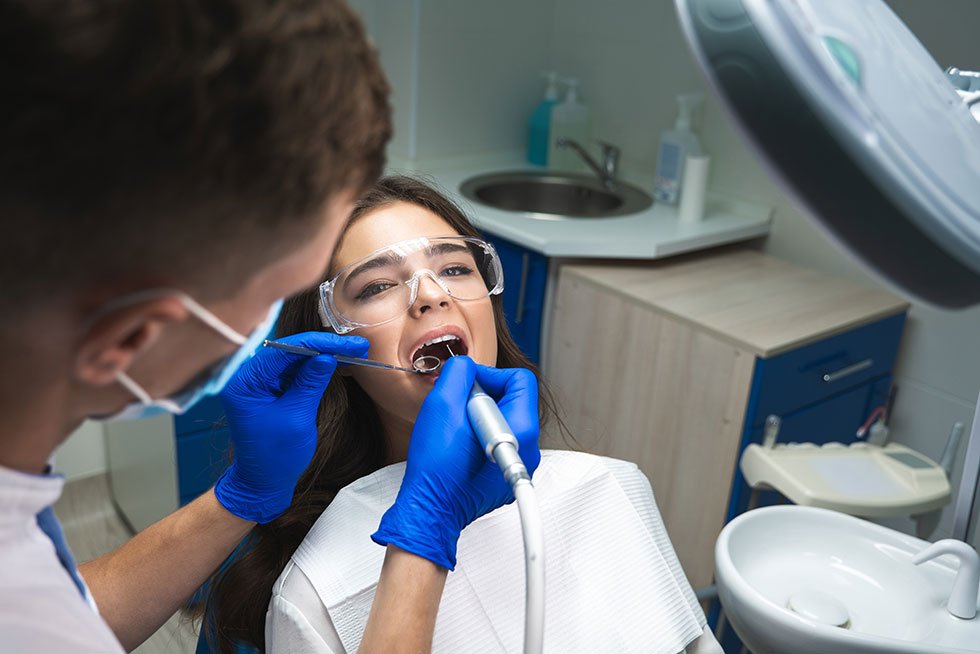Gum and Bone Correction Delta, BC

What is Gingival Recession?
If you have a close look at your teeth near the pink gum line, do you see your tooth roots exposed? This is not a normal occurrence, and aging should not make your gums shrink away! They might be like that due to anatomically thin gums, position of your teeth, smoking, periodontal disease, or overly aggressive brushing of the area. You can call our dentist in DELTA, BC for more information.
Connective Tissue Grafts
Free Gingival Grafts
Allografts
In those situations, the exposed tooth roots are prone to:
Abrasion
Notching of the roots, much like a tree that is being sawed, when you consistently brush your teeth too vigorously or use abrasive toothpastes.
Gum Inflammation: if food is collecting at the gum line when it is not well attached to the tooth surface, leaving the tooth prone to decay.
Gum recession can also mean that the underlying bone that supports your teeth are being damaged as well, although for the front teeth, it is usually more of an esthetic concern.
This is where gum grafting can help, either by reinforcing the attachment of your gum so that it does not recede further, or by growing back gum tissue that has been lost.
What is Periodontal Disease?
When the gum and bone that surrounds your teeth (periodontium) are always inflamed and infected, they will shrink away over time. This leaves your teeth poorly supported, becoming looser as it gets worse. Once the gum and bone shrink away, it cannot grow back. However, through meticulous oral hygiene measures and treatment, we can make it healthy and solidify what remains.
What Causes Periodontal Disease or Gingivitis?
Gingivitis describes the swelling of the pink gums around the teeth, often due to the accumulation of plaque, which is the sticky white film around teeth that harbors bacteria. The gums would look puffy, red, and bleed very easily when you brush.
Periodontitis is the inflammation and loss of ligaments and bone that normally support the roots of teeth. Although inadequate oral hygiene can play a significant part in periodontal disease, other factors which significantly increase the risk include:
Smoking
Diabetes
Genetics
Medications
Stress

Minimizing Risk of Periodontal Disease
Recontouring of gum and bone around affected teeth to allow better access for professional root cleaning and daily home care
Bite Problems and Periodontal Disease

Doing Nothing About Periodontal Disease
If periodontal disease is not controlled, further loss of supporting bone means that the teeth will eventually be lost. The fewer teeth you have, the more it affects the way you look, and your ability to eat and speak. Periodontal disease is correlated with cardiovascular disease, diabetes, rheumatoid arthritis, and preterm, low birth weight babies for pregnant women. So we recommend you to visit your dentist for any related issue.
What is Surgical Periodontal Therapy?

Materials
After Surgical Periodontal Therapy
Risks of Surgical Periodontal Therapy
Temporary gum tenderness
HEALTHY SMILES
EVERYDAY!
Request An Appointment
Request A Call Back
Please give us a call with any questions or comments you might have on your dental issue, or to schedule an appointment.
Address
#302-8035 120 St. Delta BC V4C 6P8
Phone
604-596-5585
Office Hours
Tues. 8:00am - 5:30pm
Wed. 8:00am - 3:00pm
Thurs. 8:00am - 5:30pm
Fri. Closed
Sat. Closed
Sun. Closed






